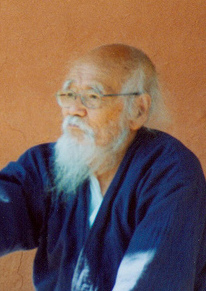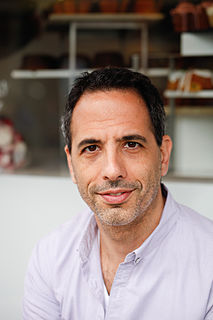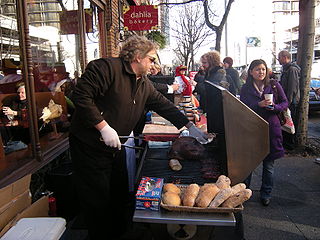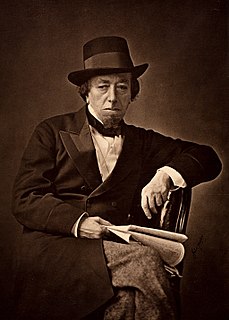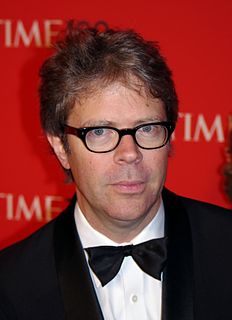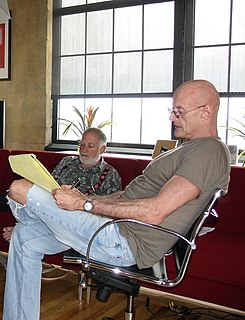A Quote by Masanobu Fukuoka
As far as my planting program goes, I simply broadcast rye and barley seed on separate fields in the fall . . . while the rice in those areas is still standing. A few weeks after that I harvest the rice, and then spread its straw back over the fields as mulch.
Related Quotes
This sounds like a brag, but I know how to make good fried rice. I learned in college. There are two secrets - take the rice after you cook it and let it get cold in the fridge. Then cook the egg like you're making a fried egg and just before it's done, dump the rice and veg on it and swirl it around.
